Washington State University Physicists Create 'negative Mass'
Washington State University Physicists create 'negative mass'
Washington State University physicists have created a fluid with negative mass, which is exactly what it sounds like. Push it, and unlike every physical object in the world we know, it doesn’t accelerate in the direction it was pushed. It accelerates backwards.

The phenomenon is rarely created in laboratory conditions and can be used to explore some of the more challenging concepts of the cosmos, said Michael Forbes, a WSU assistant professor of physics and astronomy and an affiliate assistant professor at the University of Washington. The research appears today in the journal Physical Review Letters, where it is featured as an “Editor’s Suggestion.”
Hypothetically, matter can have negative mass in the same sense that an electric charge can be either negative or positive. People rarely think in these terms, and our everyday world sees only the positive aspects of Isaac Newton’s Second Law of Motion, in which a force is equal to the mass of an object times its acceleration, or F=ma. In other words, if you push an object, it will accelerate in the direction you’re pushing it. Mass will accelerate in the direction of the force.
Keep reading
More Posts from Primordialbitch and Others
Gobble Up These Black (Hole) Friday Deals!
Welcome to our 6th annual annual Black Hole Friday! Check out these black hole deals from the past year as you prepare to head out for a shopping spree or hunker down at home to avoid the crowds.
First things first, black holes have one basic rule: They are so incredibly dense that to escape their surface you’d have to travel faster than light. But light speed is the cosmic speed limit … so nothing can escape a black hole’s surface!
Black hole birth announcements
Some black holes form when a very large star dies in a supernova explosion and collapses into a superdense object. This is even more jam-packed than the crowds at your local mall — imagine an object 10 times more massive than the Sun squeezed into a sphere with the diameter of New York City!

Some of these collapsing stars also signal their destruction with a huge burst of gamma rays. Our Fermi Gamma-ray Space Telescope and Neil Gehrels Swift Observatory continuously seek out the signals of these gamma ray bursts — black hole birth announcements that come to us from across the universe.
NICER black holes
There are loads of stellar mass black holes, which are just a few 10s of times the Sun’s mass, in our home galaxy alone — maybe even hundreds of millions of them! Our Neutron Star Interior Composition Explorer, or NICER for short, experiment on the International Space Station has been studying some of those relatively nearby black holes.

Near one black hole called GRS 1915+105, NICER found disk winds — fast streams of gas created by heat or pressure. Scientists are still figuring out some puzzles about these types of wind. Where do they come from, for example? And do they change the way material falls into the black hole? Every new example of these disk winds helps astronomers get closer to answering those questions.
Merging monster black holes
But stellar mass black holes aren’t the only ones out there. At the center of nearly every large galaxy lies a supermassive black hole — one with the mass of millions or billions of Suns smooshed into a region no bigger than our solar system.

There’s still some debate about how these monsters form, but astronomers agree that they certainly can collide and combine when their host galaxies collide and combine. Those black holes will have a lot of gas and dust around them. As that material is pulled into the black hole it will heat up due to friction and other forces, causing it to emit light. A group of scientists wondered what light it would produce and created this mesmerizing visualization showing that most of the light produced around these two black holes is UV or X-ray light. We can’t see those wavelengths with our own eyes, but many telescopes can. Models like this could help scientists know what to look for to spot a merger.
Black holes power bright gamma ray lights
It also turns out that these supermassive black holes are the source of some of the brightest objects in the gamma ray sky! In a type of galaxy called active galactic nuclei (also called “AGN” for short) the central black hole is surrounded by a disk of gas and dust that’s constantly falling into the black hole.

But not only that, some of those AGN have jets of energetic particles that are shooting out from near the black hole at nearly the speed of light! Scientists are studying these jets to try to understand how black holes — which pull everything in with their huge amounts of gravity — provide the energy needed to propel the particles in these jets. If that jet is pointed directly at us, it can appear super-bright in gamma rays and we call it a blazar. These blazars make up more than half of the sources our Fermi space telescope sees.
Catching particles from near a black hole
Sometimes scientists get a two-for-one kind of deal when they’re looking for black holes. Our colleagues at the IceCube Neutrino Observatory actually caught a particle from a blazar 4 billion light-years away. IceCube lies a mile under the ice in Antarctica and uses the ice itself to detect neutrinos, tiny speedy particles that weigh almost nothing and rarely interact with anything. When IceCube caught a super-high-energy neutrino and traced its origin to a specific area of the sky, they turned to the astronomical community to pinpoint the source.

Our Fermi spacecraft scans the entire sky about every three hours and for months it had observed a blazar producing more gamma rays than usual. Flaring is a common characteristic in blazars, so this didn’t attract special attention. But when the alert from IceCube came through, scientists realized the neutrino and the gamma rays came from the same patch of sky! This method of using two or more kinds of signals to learn about one event or object is called multimessenger astronomy, and it’s helping us learn a lot about the universe.

Get more fun facts and information about black holes HERE and follow us on social media today for other cool facts and findings about black holes!
Make sure to follow us on Tumblr for your regular dose of space: http://nasa.tumblr.com.
TRAILER: “TIME MASTERS (LES MAÎTRES DU TEMPS)” (1982)
This animated science fiction feature film was directed by René Laloux and Tibor Hernádi but most notably - designed by the artist Mœbius. It is based on Stefan Wul’s 1958 science fiction novel L'Orphelin de Perdide (The Orphan of Perdide).
It’s about a boy, Piel, who is stranded on the desert planet Perdide, where giant killer hornets live. He awaits rescue by the space pilot Jaffar, the exiled prince Matton, his sister Belle and Jaffar’s old friend Silbad - who are all trying to reach Perdide and save Piel before it is too late.
If you’ve seen this film, you’ve probably seen the English language dubs by the BBC in 1987 or 1991 called Time Masters.
This is a super rare film that you can find on DVD, but usually used, and pretty expensive.
Newly discovered Amazon rock art show the rainforest's earliest inhabitants living with giant Ice Age animals

Amazonian rock art newly discovered by researchers provides further proof the rainforest’s earliest inhabitants lived alongside now-extinct giant Ice Age animals.
The thousands of pictures are among the oldest depictions of people interacting with the huge creatures, including mastodons. Usually the only clues about their appearance are skeletal remains.
This is one of the largest collections of rock art found in South America. The recorded drawings, likely first made around 12,600 and 11,800 years ago, are on three rock shelters on hills in the Colombian Amazon. The paintings, identified during landscape surveys, also depict geometric shapes, human figures, and handprints, as well as hunting scenes and people interacting with plants, trees and savannah animals. The vibrant red pictures were produced over a period of hundreds, or possibly thousands, of years. Read more.
This astrophysicist is unlocking the secrets of dark matter
by Daryle Lockhart
Nico Cappelluti is an assistant professor in the Physics Department and an astrophysicist at the University of Miami. As such, he studies the sky. He is most intrigued by the cosmic phenomena of supermassive black holes, the nature of dark matter, and the very bright light source found at the center of many galaxies - active galactic nuclei.

Recently, Cappelluti published findings in The Astrophysical Journal entitled, “Searching for the 3.5 keV line in the deep fields with Chandra: the 10 MS observations”. His findings could give insight into a subject astrophysicists have been investigating for decades: What is dark matter and where does it come from?
Keep reading

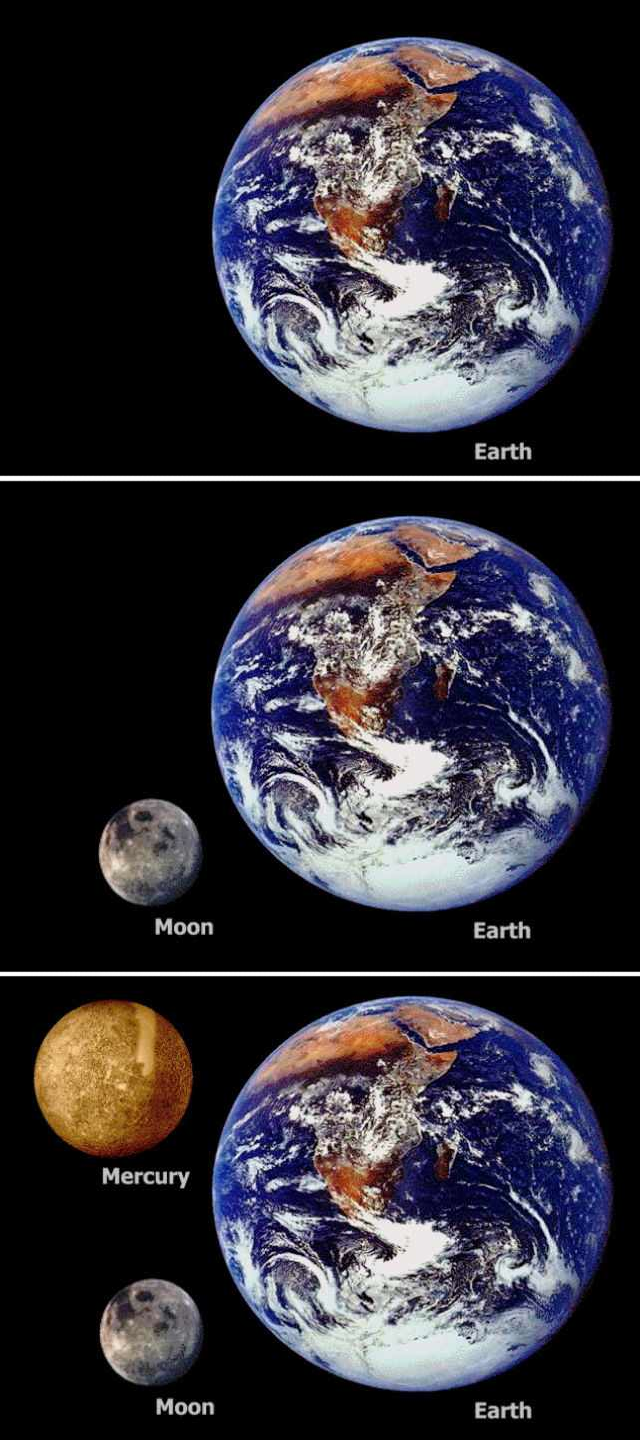
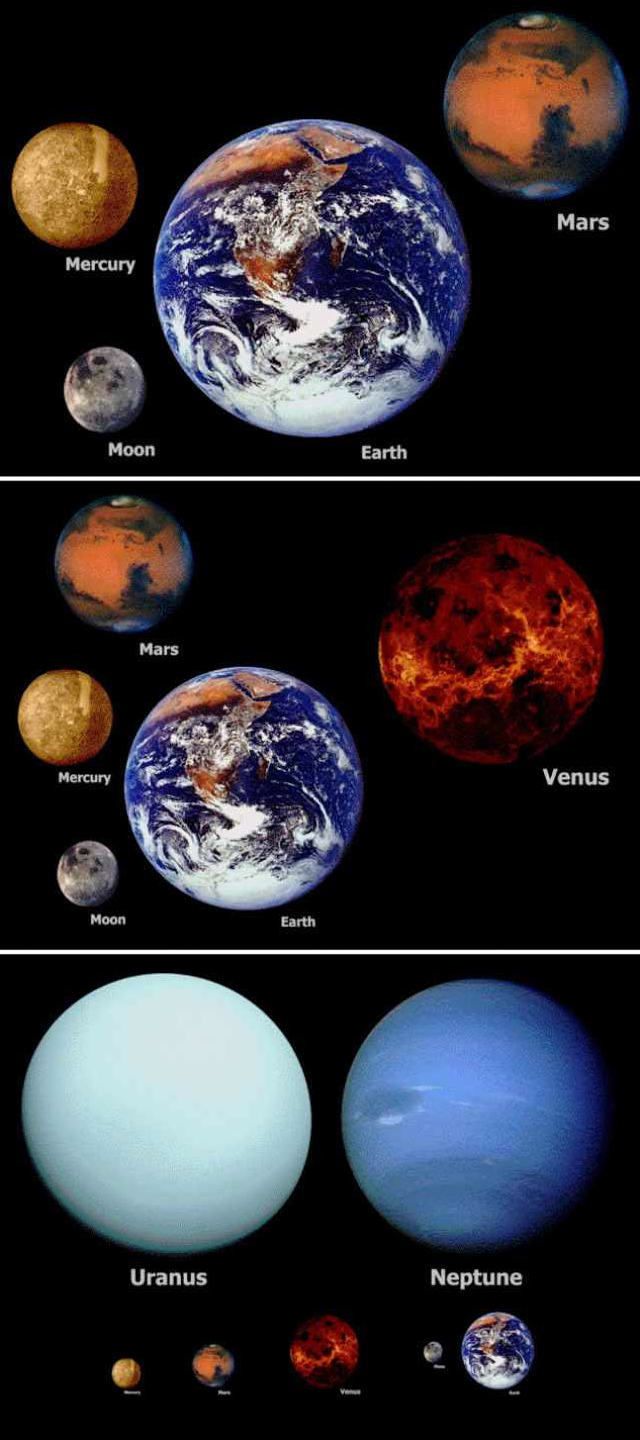
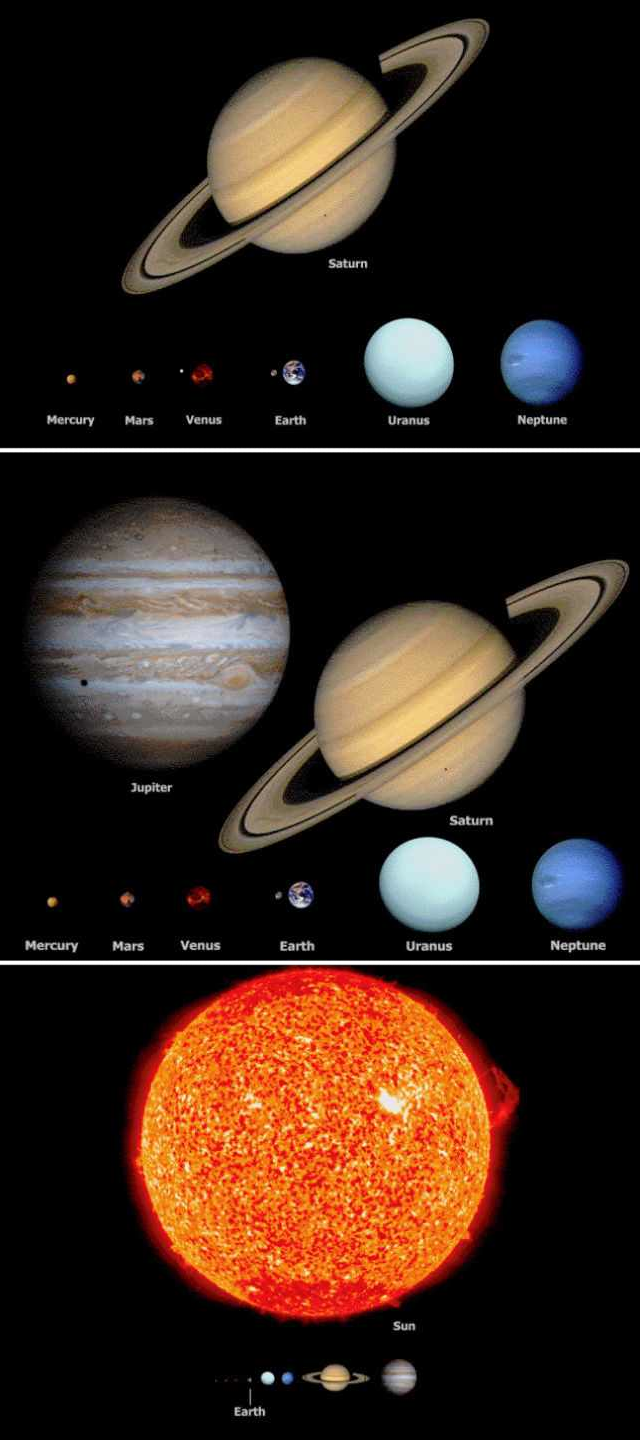
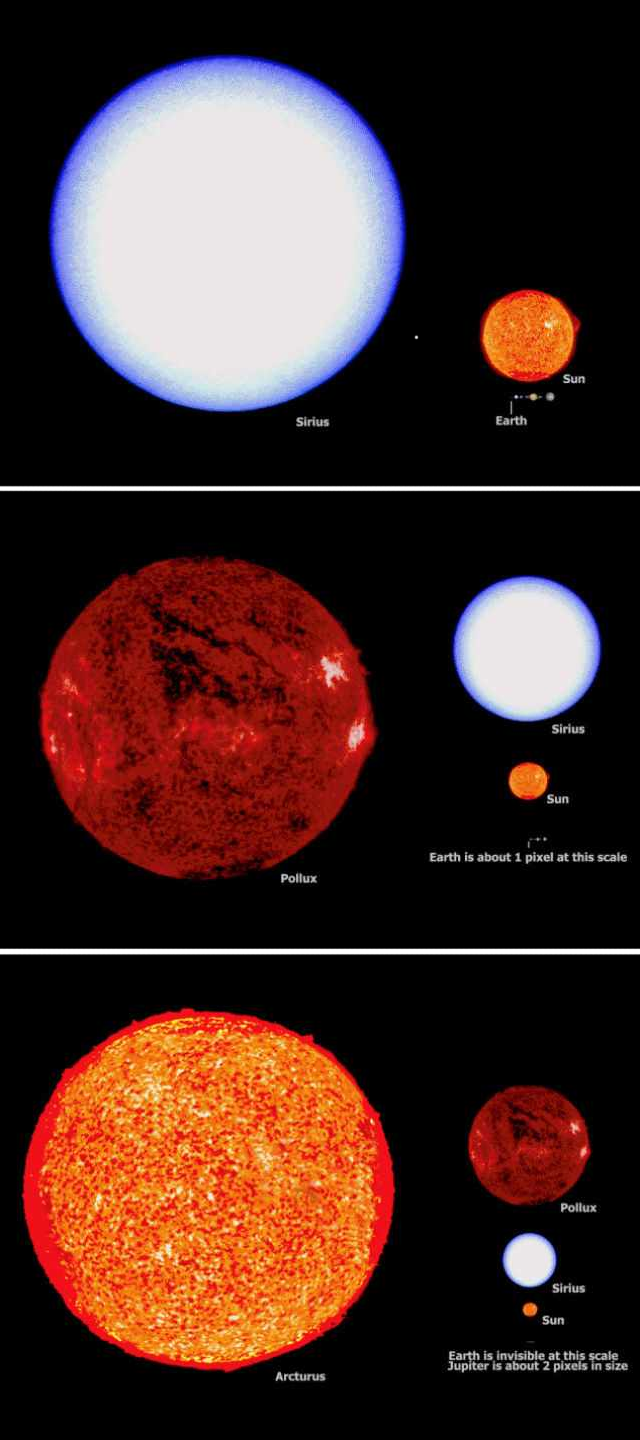



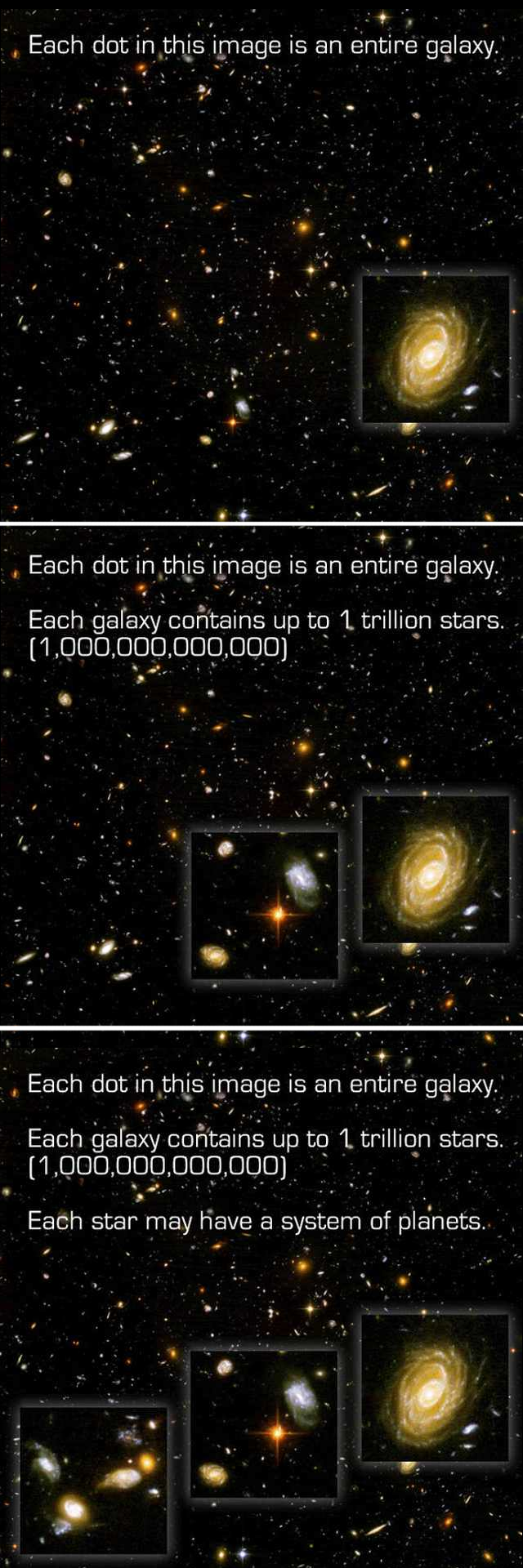

Gamma-ray Bursts: Black Hole Birth Announcements
Gamma-ray bursts are the brightest, most violent explosions in the universe, but they can be surprisingly tricky to detect. Our eyes can’t see them because they are tuned to just a limited portion of the types of light that exist, but thanks to technology, we can even see the highest-energy form of light in the cosmos — gamma rays.
So how did we discover gamma-ray bursts?
Accidentally!

We didn’t actually develop gamma-ray detectors to peer at the universe — we were keeping an eye on our neighbors! During the Cold War, the United States and the former Soviet Union both signed the Nuclear Test Ban Treaty of 1963 that stated neither nation would test nuclear weapons in space. Just one week later, the US launched the first Vela satellite to ensure the treaty wasn’t being violated. What they saw instead were gamma-ray events happening out in the cosmos!

Things Going Bump in the Cosmos
Each of these gamma-ray events, dubbed “gamma-ray bursts” or GRBs, lasted such a short time that information was very difficult to gather. For decades their origins, locations and causes remained a cosmic mystery, but in recent years we’ve been able to figure out a lot about GRBs. They come in two flavors: short-duration (less than two seconds) and long-duration (two seconds or more). Short and long bursts seem to be caused by different cosmic events, but the end result is thought to be the birth of a black hole.

Short GRBs are created by binary neutron star mergers. Neutron stars are the superdense leftover cores of really massive stars that have gone supernova. When two of them crash together (long after they’ve gone supernova) the collision releases a spectacular amount of energy before producing a black hole. Astronomers suspect something similar may occur in a merger between a neutron star and an already-existing black hole.

Long GRBs account for most of the bursts we see and can be created when an extremely massive star goes supernova and launches jets of material at nearly the speed of light (though not every supernova will produce a GRB). They can last just a few seconds or several minutes, though some extremely long GRBs have been known to last for hours!

A Gamma-Ray Burst a Day Sends Waves of Light Our Way!
Our Fermi Gamma-ray Space Telescope detects a GRB nearly every day, but there are actually many more happening — we just can’t see them! In a GRB, the gamma rays are shot out in a narrow beam. We have to be lined up just right in order to detect them, because not all bursts are beamed toward us — when we see one it’s because we’re looking right down the barrel of the gamma-ray gun. Scientists estimate that there are at least 50 times more GRBs happening each day than we detect!

So what’s left after a GRB — just a solitary black hole? Since GRBs usually last only a matter of seconds, it’s very difficult to study them in-depth. Fortunately, each one leaves an afterglow that can last for hours or even years in extreme cases. Afterglows are created when the GRB jets run into material surrounding the star. Because that material slows the jets down, we see lower-energy light, like X-rays and radio waves, that can take a while to fade. Afterglows are so important in helping us understand more about GRBs that our Neil Gehrels Swift Observatory was specifically designed to study them!

Last fall, we had the opportunity to learn even more from a gamma-ray burst than usual! From 130 million light-years away, Fermi witnessed a pair of neutron stars collide, creating a spectacular short GRB. What made this burst extra special was the fact that ground-based gravitational wave detectors LIGO and Virgo caught the same event, linking light and gravitational waves to the same source for the first time ever!

For over 10 years now, Fermi has been exploring the gamma-ray universe. Thanks to Fermi, scientists are learning more about the fundamental physics of the cosmos, from dark matter to the nature of space-time and beyond. Discover more about how we’ll be celebrating Fermi’s achievements all year!
Make sure to follow us on Tumblr for your regular dose of space: http://nasa.tumblr.com
Black Holes are NICER Than You Think!
We’re learning more every day about black holes thanks to one of the instruments aboard the International Space Station! Our Neutron star Interior Composition Explorer (NICER) instrument is keeping an eye on some of the most mysterious cosmic phenomena.

We’re going to talk about some of the amazing new things NICER is showing us about black holes. But first, let’s talk about black holes — how do they work, and where do they come from? There are two important types of black holes we’ll talk about here: stellar and supermassive. Stellar mass black holes are three to dozens of times as massive as our Sun while supermassive black holes can be billions of times as massive!

Stellar black holes begin with a bang — literally! They are one of the possible objects left over after a large star dies in a supernova explosion. Scientists think there are as many as a billion stellar mass black holes in our Milky Way galaxy alone!
Supermassive black holes have remained rather mysterious in comparison. Data suggest that supermassive black holes could be created when multiple black holes merge and make a bigger one. Or that these black holes formed during the early stages of galaxy formation, born when massive clouds of gas collapsed billions of years ago. There is very strong evidence that a supermassive black hole lies at the center of all large galaxies, as in our Milky Way.

Imagine an object 10 times more massive than the Sun squeezed into a sphere approximately the diameter of New York City — or cramming a billion trillion people into a car! These two examples give a sense of how incredibly compact and dense black holes can be.
Because so much stuff is squished into such a relatively small volume, a black hole’s gravity is strong enough that nothing — not even light — can escape from it. But if light can’t escape a dark fate when it encounters a black hole, how can we “see” black holes?

Scientists can’t observe black holes directly, because light can’t escape to bring us information about what’s going on inside them. Instead, they detect the presence of black holes indirectly — by looking for their effects on the cosmic objects around them. We see stars orbiting something massive but invisible to our telescopes, or even disappearing entirely!
When a star approaches a black hole’s event horizon — the point of no return — it’s torn apart. A technical term for this is “spaghettification” — we’re not kidding! Cosmic objects that go through the process of spaghettification become vertically stretched and horizontally compressed into thin, long shapes like noodles.

Scientists can also look for accretion disks when searching for black holes. These disks are relatively flat sheets of gas and dust that surround a cosmic object such as a star or black hole. The material in the disk swirls around and around, until it falls into the black hole. And because of the friction created by the constant movement, the material becomes super hot and emits light, including X-rays.
At last — light! Different wavelengths of light coming from accretion disks are something we can see with our instruments. This reveals important information about black holes, even though we can’t see them directly.

So what has NICER helped us learn about black holes? One of the objects this instrument has studied during its time aboard the International Space Station is the ever-so-forgettably-named black hole GRS 1915+105, which lies nearly 36,000 light-years — or 200 million billion miles — away, in the direction of the constellation Aquila.
Scientists have found disk winds — fast streams of gas created by heat or pressure — near this black hole. Disk winds are pretty peculiar, and we still have a lot of questions about them. Where do they come from? And do they change the shape of the accretion disk?

It’s been difficult to answer these questions, but NICER is more sensitive than previous missions designed to return similar science data. Plus NICER often looks at GRS 1915+105 so it can see changes over time.
NICER’s observations of GRS 1915+105 have provided astronomers a prime example of disk wind patterns, allowing scientists to construct models that can help us better understand how accretion disks and their outflows around black holes work.

NICER has also collected data on a stellar mass black hole with another long name — MAXI J1535-571 (we can call it J1535 for short) — adding to information provided by NuSTAR, Chandra, and MAXI. Even though these are all X-ray detectors, their observations tell us something slightly different about J1535, complementing each other’s data!
This rapidly spinning black hole is part of a binary system, slurping material off its partner, a star. A thin halo of hot gas above the disk illuminates the accretion disk and causes it to glow in X-ray light, which reveals still more information about the shape, temperature, and even the chemical content of the disk. And it turns out that J1535’s disk may be warped!

Image courtesy of NRAO/AUI and Artist: John Kagaya (Hoshi No Techou)
This isn’t the first time we have seen evidence for a warped disk, but J1535’s disk can help us learn more about stellar black holes in binary systems, such as how they feed off their companions and how the accretion disks around black holes are structured.
NICER primarily studies neutron stars — it’s in the name! These are lighter-weight relatives of black holes that can be formed when stars explode. But NICER is also changing what we know about many types of X-ray sources. Thanks to NICER’s efforts, we are one step closer to a complete picture of black holes. And hey, that’s pretty nice!
Make sure to follow us on Tumblr for your regular dose of space: http://nasa.tumblr.com.

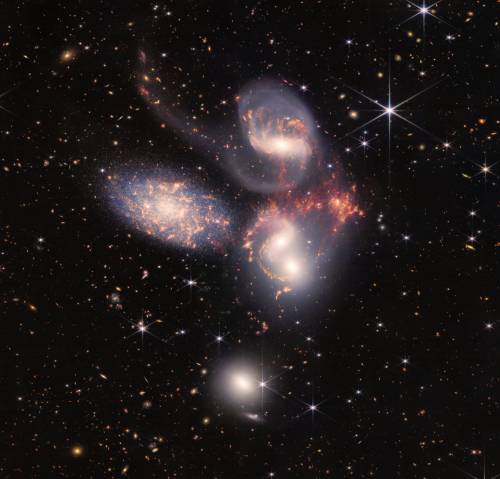
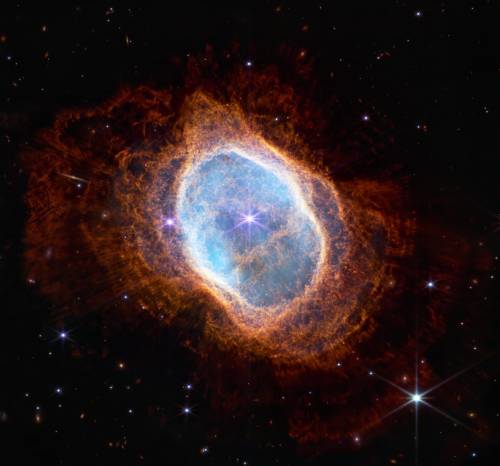
NASA’s Webb Space Telescope Reveals Astounding, Unprecedented Views of the Universe
planetarium presenters trying to explain to a busload of 4th graders how incomprehensibly vast space is
-
 jaygrilley liked this · 4 years ago
jaygrilley liked this · 4 years ago

